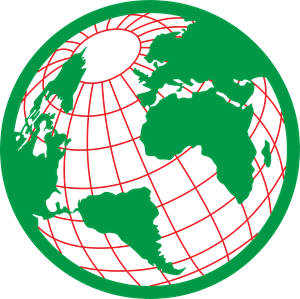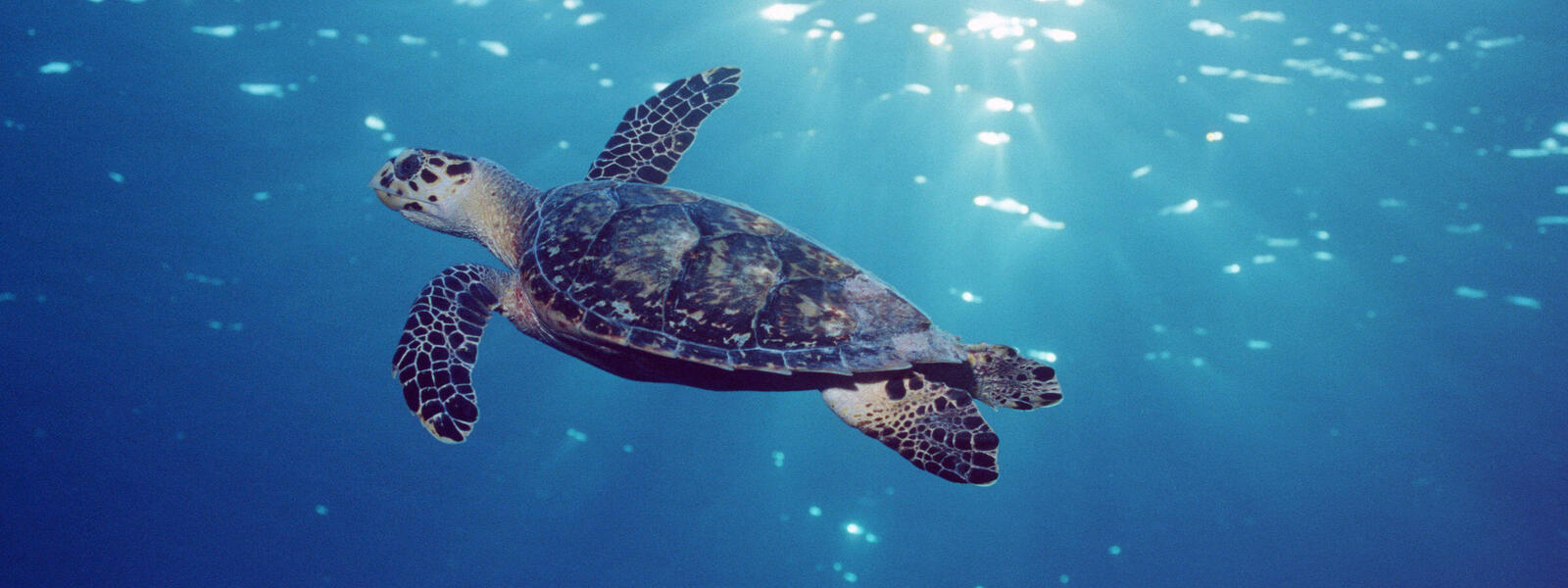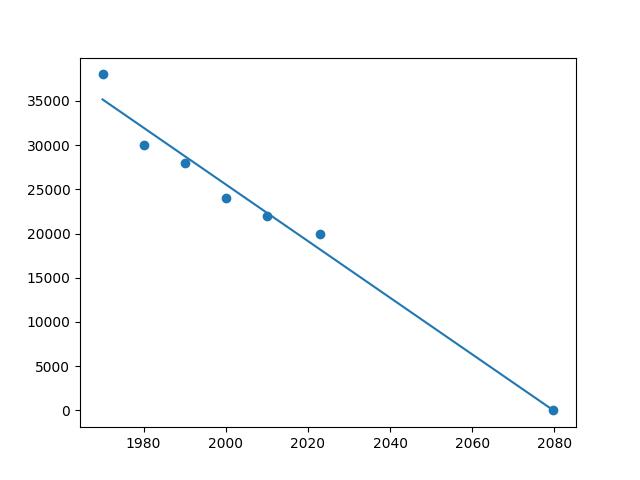Shared Earth

Hawksbill turtle

Hawksbills are named for their narrow, pointed beak. They also have a distinctive pattern of overlapping scales on their shells that form a serrated-look on the edges. These colored and patterned shells make them highly-valuable and commonly sold as "tortoiseshell" in markets.
Hawksbills are found mainly throughout the world's tropical oceans, predominantly in coral reefs. They feed mainly on sponges by using their narrow pointed beaks to extract them from crevices on the reef, but also eat sea anemones and jellyfish. Sea turtles are the living representatives of a group of reptiles that has existed on Earth and travelled our seas for the last 100 million years. They are a fundamental link in marine ecosystems and help maintain the health of coral reefs and sea grass beds.
Why they are endangered
Overfishing causes Hawksbill turtles to get accidentally caught up on fishing hooks and thus drowning the turtle in the process. Sea turtles are known to need surface air to breathe. Illegal pet trades and loss of habit are also other factors.
In many parts of the world, hawksbills face the unique threat of being hunted for their beautiful shell, also known as “tortoise shell”, which is used by craftspeople to create many types of jewelry and trinkets. The historical hunting and killing of hawksbills for their shell nearly drove the species to extinction.
Linear-regression predicting model--number of Hawksbill vs relative years
